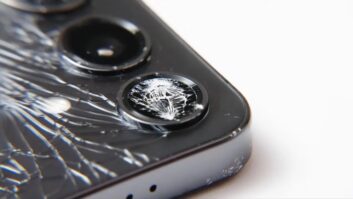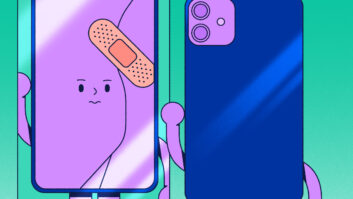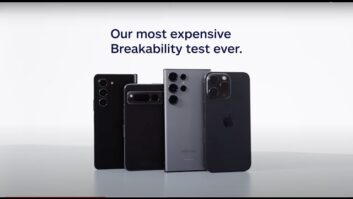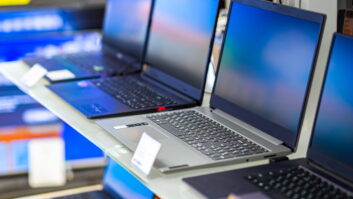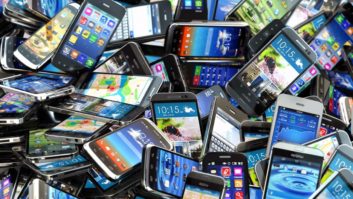Basking Ridge, N.J. – Verizon Wireless will expand its selection
of Android phones to three in March with the launch of the Motorola-made
Devour, which will be the carrier’s second Motorola-made Android phone and the
carrier’s first phone with Motoblur service.
The Motorola-operated Motoblur service aggregates and pushes all
of a user’s work and personal emails; text messages; and social-network posts,
messages, photos and the like to the home screen for easy management. Status
updates, wall posts and photo updates from social-networking sites are pushed
to a homescreen widget, and text messages, social network messages and e-mails are
pushed to a universal in box on the home screen.
Like Verizon’s other Motorola-made Android phone, the $199 Droid,
the Devour will feature touchscreen and slide-from-the-side QWERTY keyboard.
Verizon’s other Android phone is the $79 HTC-made Droid Eris, which features
touchscreen but no hard keyboard.
Devour pricing wasn’t announced.
Like the Droid, the Devour features pre-loaded Google applications
such as Gmail, Google Talk, YouTube, Google Search, and Google Maps with Google
Maps navigation, a hybrid navigation technology that downloads a route’s maps
and driving directions on demand from the cloud for local storage. Unlike
traditional carrier-based navigation services but like a traditional portable navigation
device (PND), the app continues to provide route guidance even if the cellular
signal is lost.
Other common features include Wi-Fi 802.11 b/g; 850/1900MHz CDMA
1x EV-DO Rev. A wireless data; visual voice mail; accelerometer; A/V playback;
voice commands; and Microsoft Office and PDF file viewer.
Differences between Devour and Droid include Devour’s 3.1-inch
320 by 480 capacitive touchscreen compared with Droid’s 3.7 inch 480×854
widescreen, a preinstalled 8GM microSD card compared to Droid’s 16GB, a 3-megapixel
camera with no flash compared to Droid’s flash-equipped 5-megapixel camera, and
Droid’s ability to capture video in 720 by 480 24 fps DVD quality. In addition,
Devour uses the Android 1.6OS, whereas the Droid uses Android 2.0
Both sport 1400mAh lithium-ion battery, delivering 389 minutes
and 385 minutes of talktime on the 5.89-ounce Devour and 6-ounce Droid,
respectively.
The Droid uses a 550MHz processor, but information on Devour’s
processor was unavailable.




